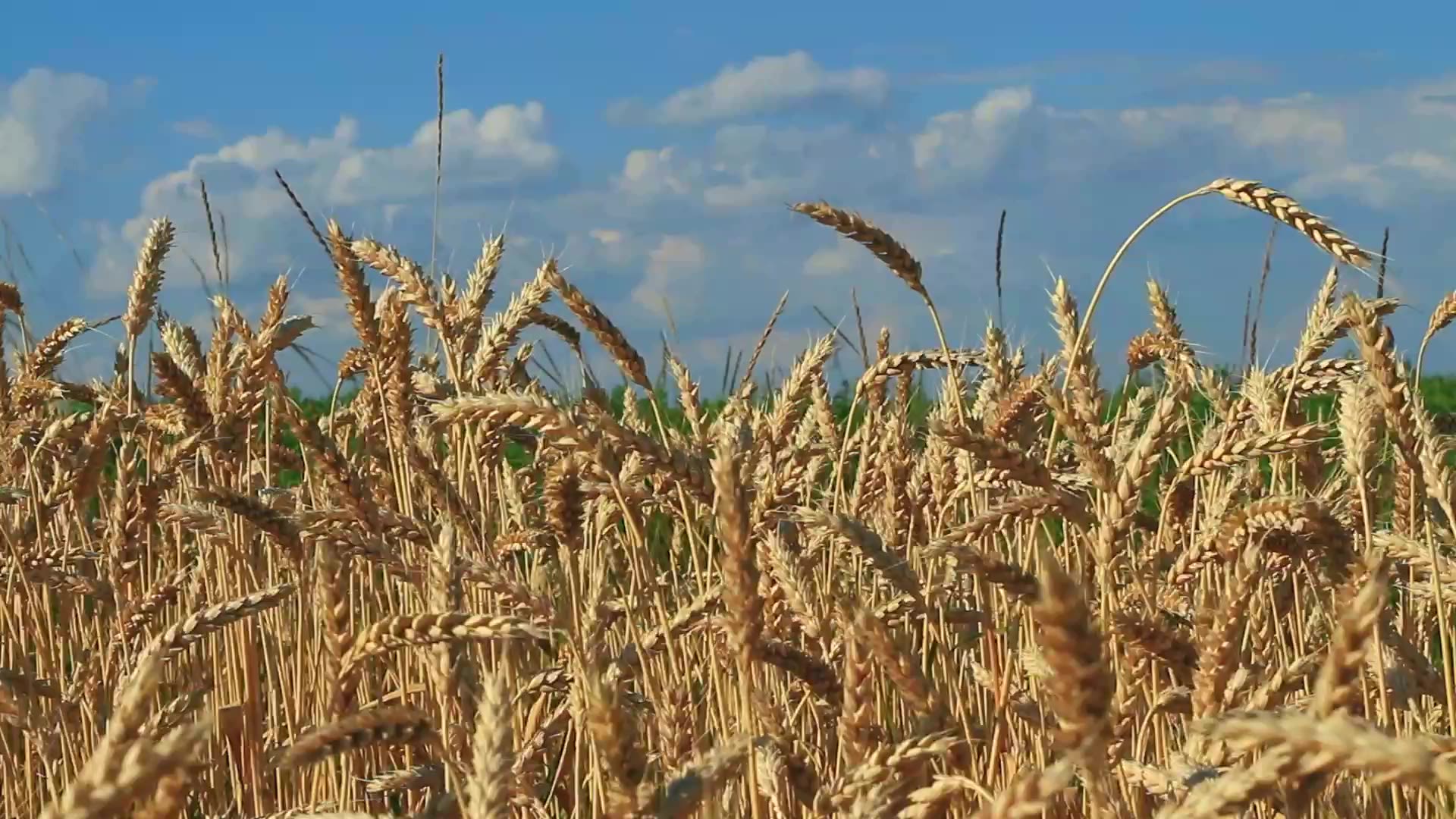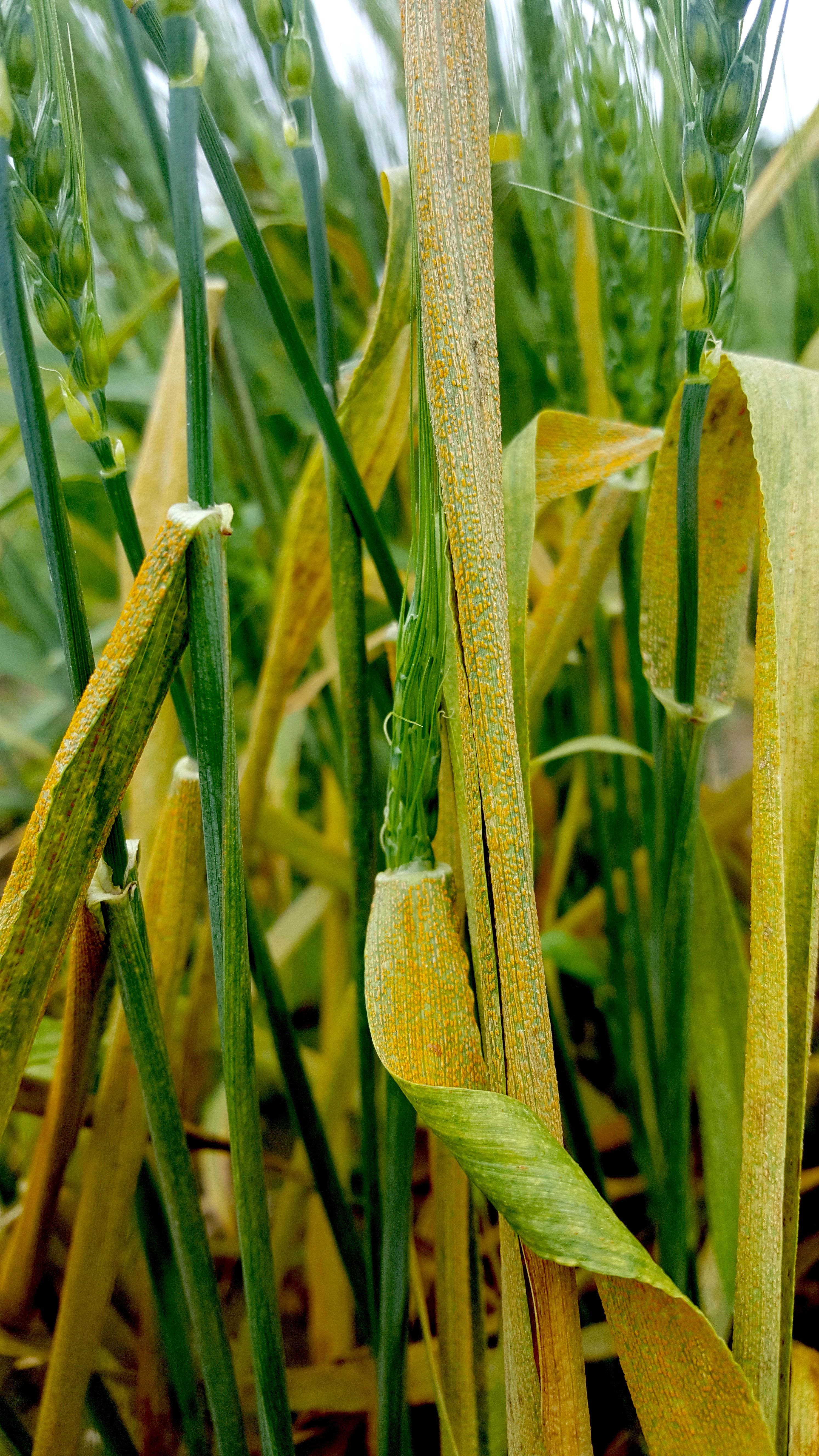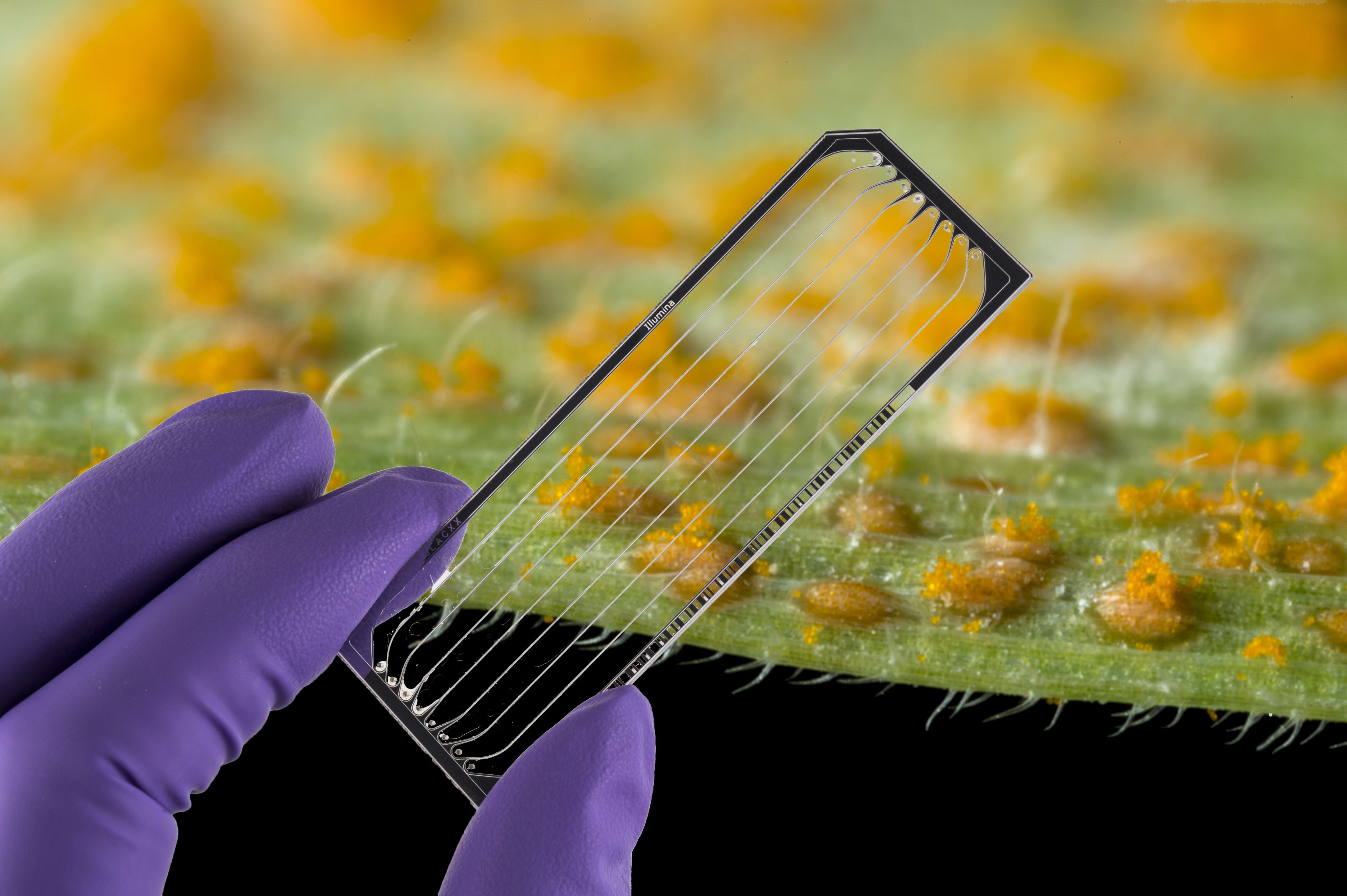
BBSRC-funded research has focused on combating yellow rust by identifying resistance genes, developing breeding tools and enhancing disease surveillance.
In the Wagtail project - a collaboration between the National Institute of Agricultural Botany (NIAB), John Innes Centre (JIC) and major breeders - several key genes for yellow rust resistance were identified.
The Yellowhammer follow-on project continued the trend. As well as confirming the Wagtail markers, it also created a database of genetic markers, including 20 new resistance loci for yellow rust resistance. These markers are already empowering breeders to develop superior wheat varieties.
The WISP and DFW programmes supported research on the Watkins landrace collection at JIC, which found novel resistance traits absent in modern wheat. This has enabled the trait to be bred into elite lines for trials.
University of Nottingham research also found resistance in wild relatives, such as goat grasses, producing lines that are being incorporated into locally adapted varieties in the UK, USA, and Mexico.
A collaboration between the Earlham Institute and JIC has led to rapid pathogen surveillance methods, feeding data into the UK Cereal Pathogen Virulence Survey, run by NIAB. They also created MARPLE, a mobile nanopore sequencing tool that dramatically reduces yellow rust (and other fungal pathogens) identification time from months to hours. This collaborative effort also unearthed the first case of wheat stem (black) rust in the UK in over 60 years.
Read more about how UK innovation is supporting international partners to tackle yellow rust disease



BBSRC invests to push back the frontiers of biology and deliver a healthy, prosperous and sustainable future.
https://www.ukri.org/councils/bbsrc/
Get in touch with us to discuss BBSRC’s research outcomes and impacts or to tell us about your own:
Emma Lambourne
Senior Manager, Impact Evidence
emma.lambourne@bbsrc.ukri.org
Dr Beverley Thomas
Associate Director, Evidence and Evaluation
beverley.thomas@bbsrc.ukri.org
